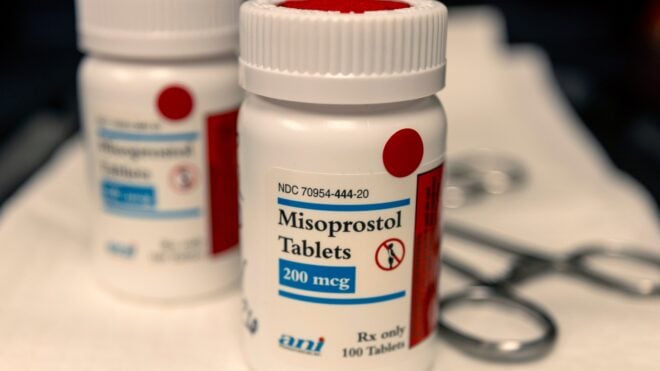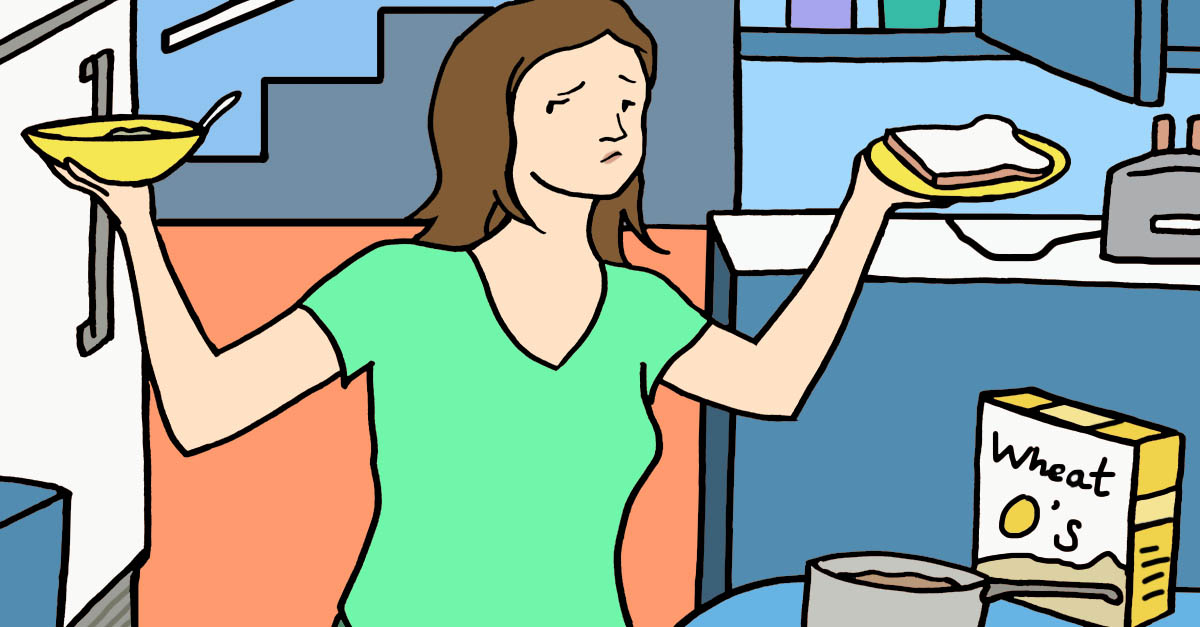
Pizza, pasta, cake, bread, cookies, pastries, donuts, fried chicken — all of these foods have one thing in common (and it's not just that they're delicious): they have gluten in them.
Today, one of the biggest food trends is gluten-free anything.
For some people, it's because of a gluten sensitivity or intolerance, while others do it because they think it's healthier.
Chances are you know someone who asks for the gluten free pasta at a restaurant, or someone who uses cauliflower instead of dough for a pizza.
Lots of individuals experience discomfort when they eat glutenous foods — it can have a negative impact on gut health for certain people — but there may actually be something even more serious than a gluten sensitivity going on.
In fact, there's actually a chance that what you're experiencing is celiac disease.
More from LittleThings: Hairy Moles: What It Means If You Have A Dark Strand Growing Out Of One Of Your Moles
To find out more about celiac disease and some of its most common symptoms, read the information below.
Thumbnail Photo: Wikimedia / Madhero88
What Is Celiac Disease?
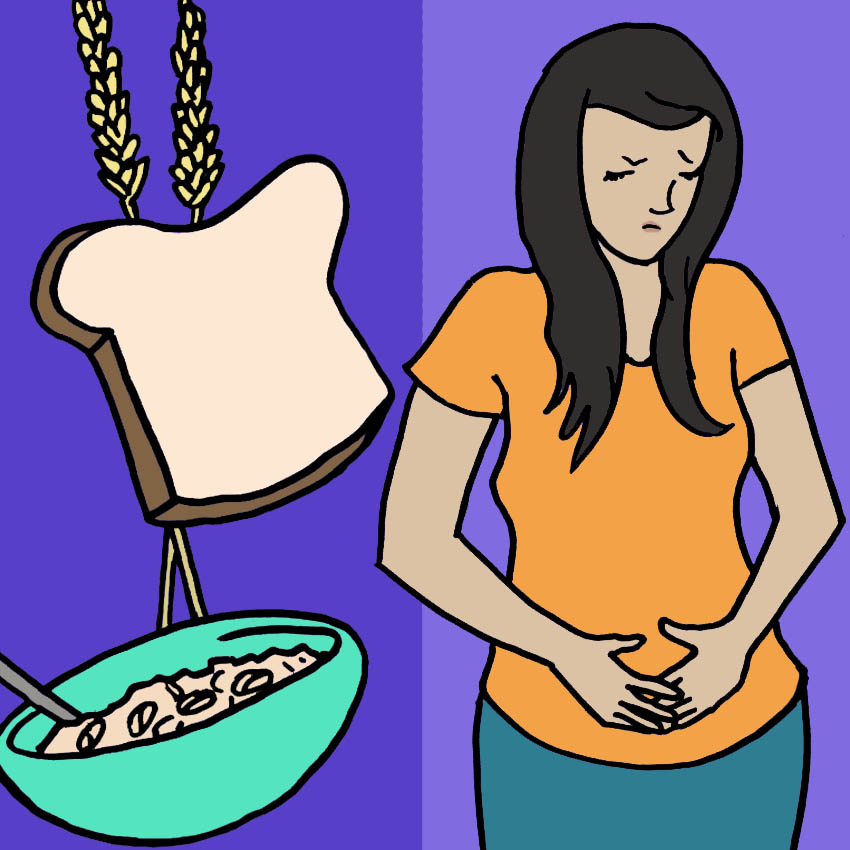
According to the US National Library of Medicine, "celiac disease is an immune disease in which people can't eat gluten because it will damage their small intestine."
Over time, celiac disease can damage the lining of the small intestine, which prevents proper nutrient absorption.
How Is Celiac Disease Different From Gluten Intolerance?

Celiac disease and gluten intolerance have a lot in common, including many of their symptoms.
The main difference between the two disorders is that celiac disease is a genetic autoimmune disorder, while gluten sensitivity and wheat allergy are not genetic.
Celiac also tends to be much more serious than gluten intolerance, though there are exceptions.
What Foods Actually Contain Gluten?
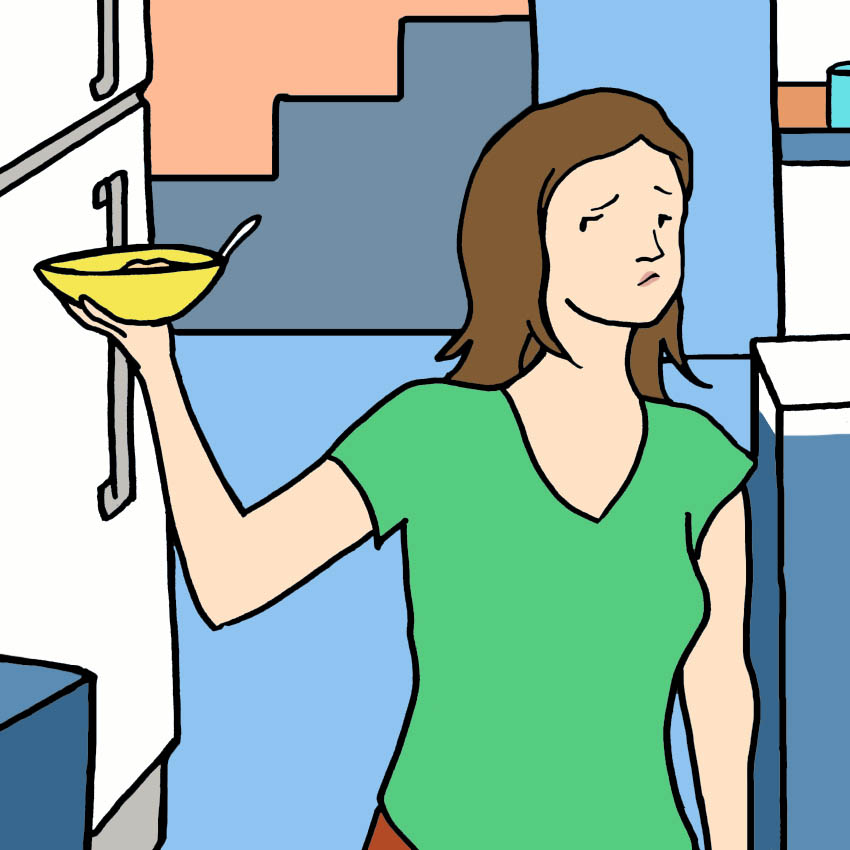
Many people think that gluten is in any carb-heavy foods, but that's inaccurate.

According to the US National Library of Medicine: "Gluten is a protein found in wheat, rye, and barley. It is found mainly in foods, but may also be in other products like medicines, vitamins and supplements, lip balm, and even the glue on stamps and envelopes."
Symptoms Of Celiac Disease Symptom #1: Vomiting And Diarrhea
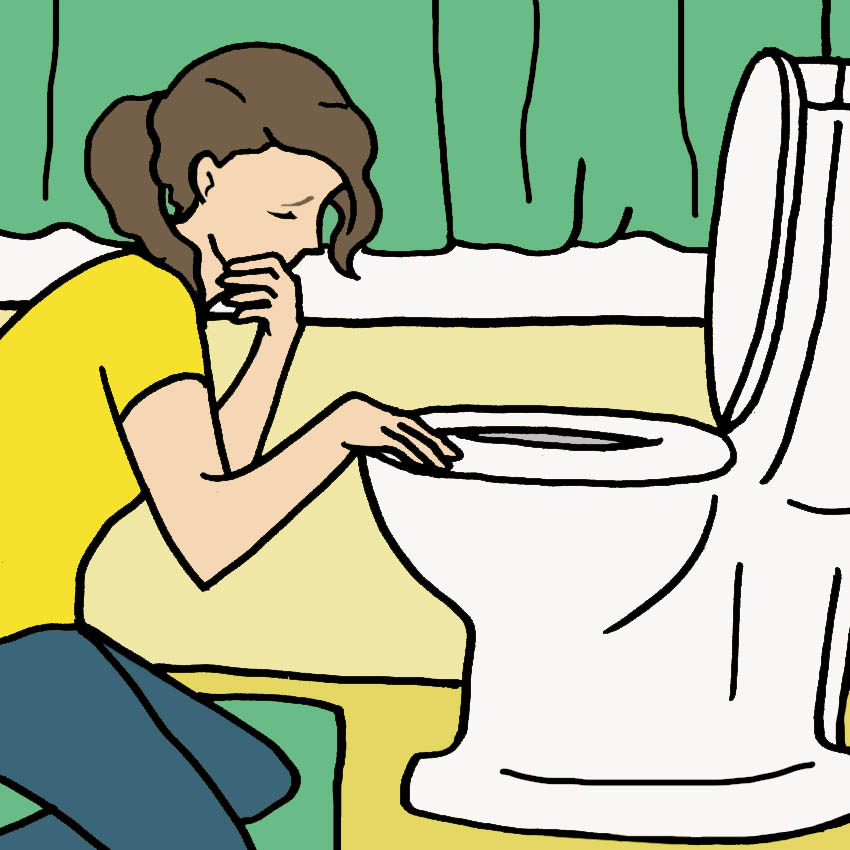
There are a variety of signs and symptoms of celiac disease, and they can vary from person to person. Additionally, children and adults may experience different symptoms.
Vomiting and diarrhea are some of the most common signs of celiac disease, in both children and adults.
Symptom #2: Bloating, Gas, And Abdominal Pain
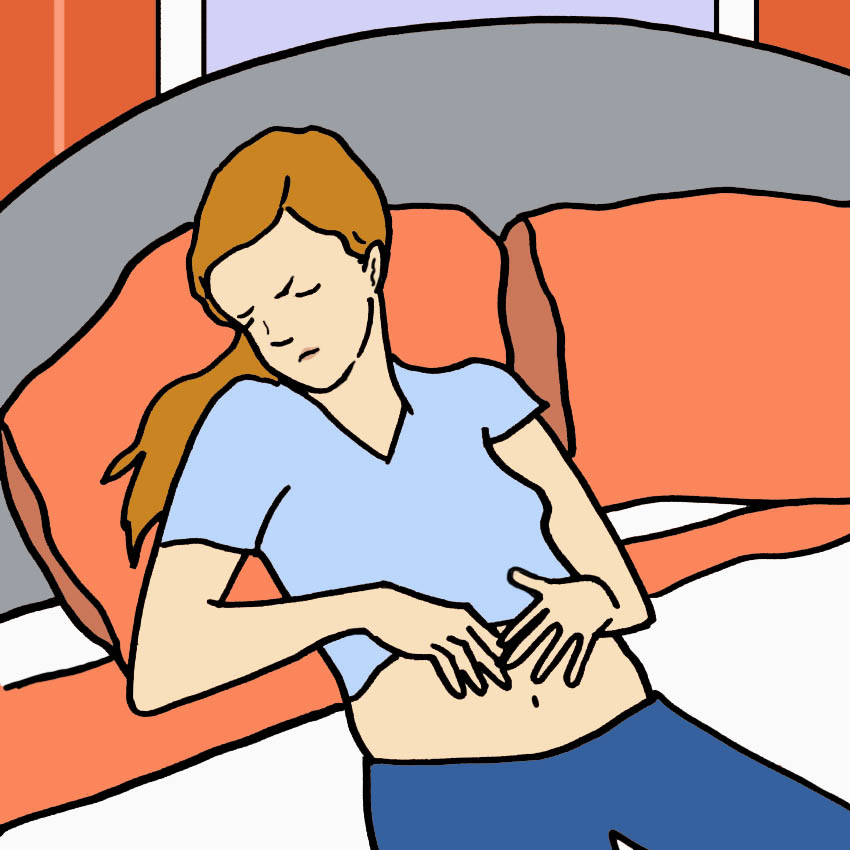
Other common symptoms adults and children both experience are bloating, gas, and serious abdominal pain.

In children under the age of two, one of the other symptoms may be a swollen belly.
Another symptom people may experience is constipation.
Symptom #3: Weight Loss
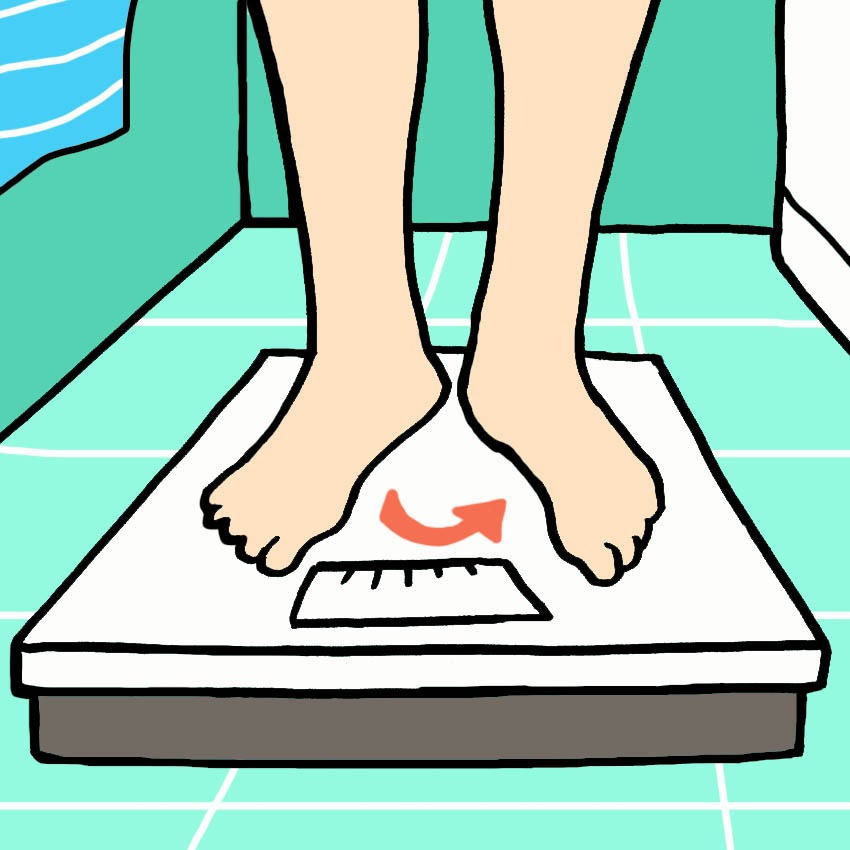
Because of the lack of nutritional absorption, many people with celiac disease unintentionally lose weight before they're diagnosed.

In infants and toddlers, this weight loss can cause failure to thrive, and in older children it can cause short stature and delayed puberty.
Symptom #4: Joint Pain, Osteoporosis, And Osteomalacia
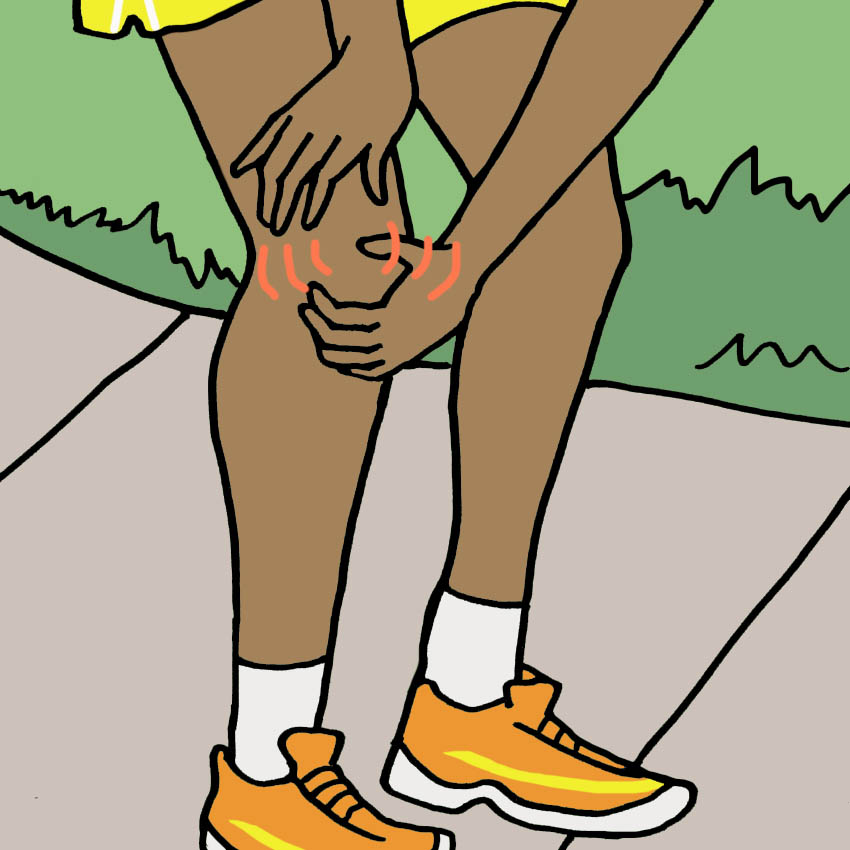
In adults, another symptom — which is unrelated to the digestive system — is bone and joint pain.
The Mayo Clinic explains that two of the symptoms of celiac disease are "loss of bone density (osteoporosis) or softening of bone (osteomalacia)."
Symptom #5: Dermatitis
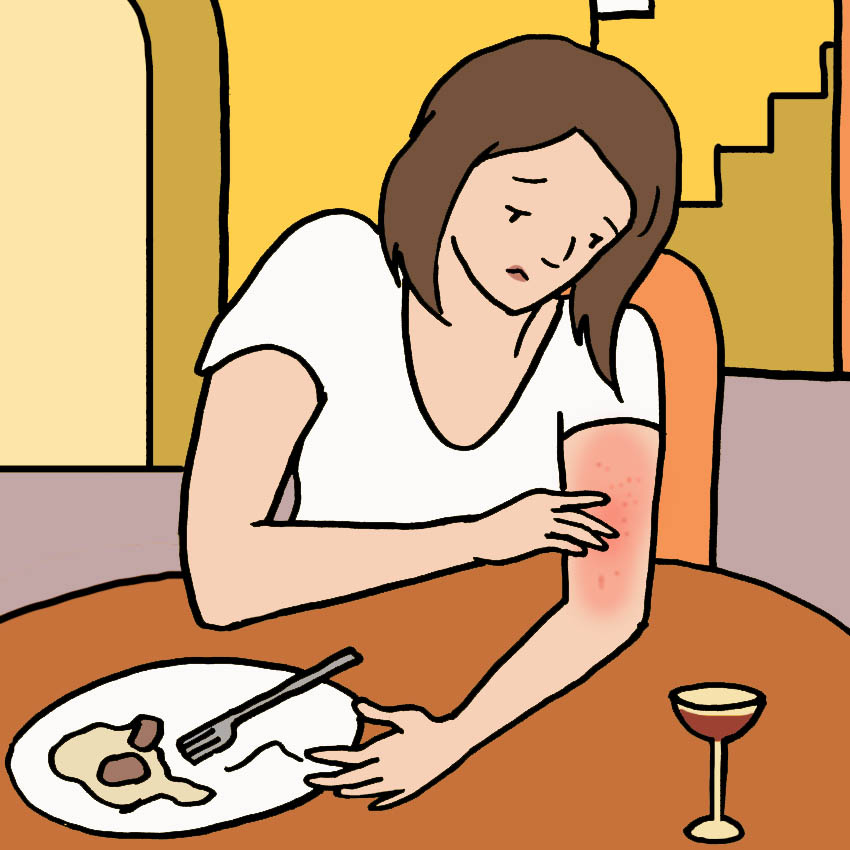
The National Institute of Diabetes and Digestive and Kidney Diseases (NIDDK) explains that many people with celiac disease may suffer from dermatitis herpetiformis.
NIDDK says: "Dermatitis herpetiformis is an itchy, blistering skin rash that usually appears on the elbows, knees, buttocks, back, or scalp. The rash affects about 10% of people with celiac disease."
Other Symptoms
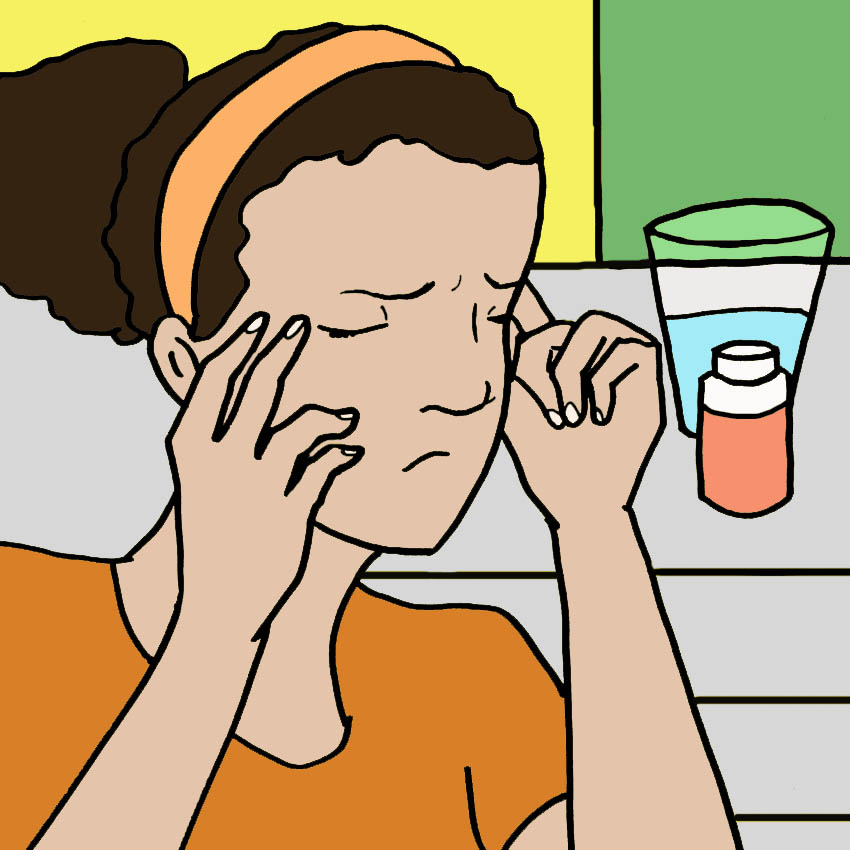
Symptoms of celiac disease vary greatly, and may depend on how much gluten you eat, whether or not you were breastfed as an infant, and your age.
Some of the less common symptoms of celiac include tiredness, fatigue, tingling or numbness in feet and hands, seizures, mouth sores or dry mouth, infertility, headaches, and depression.

Celiac disease can also cause serious pitting, discoloration, and damage to your teeth.
Treatment
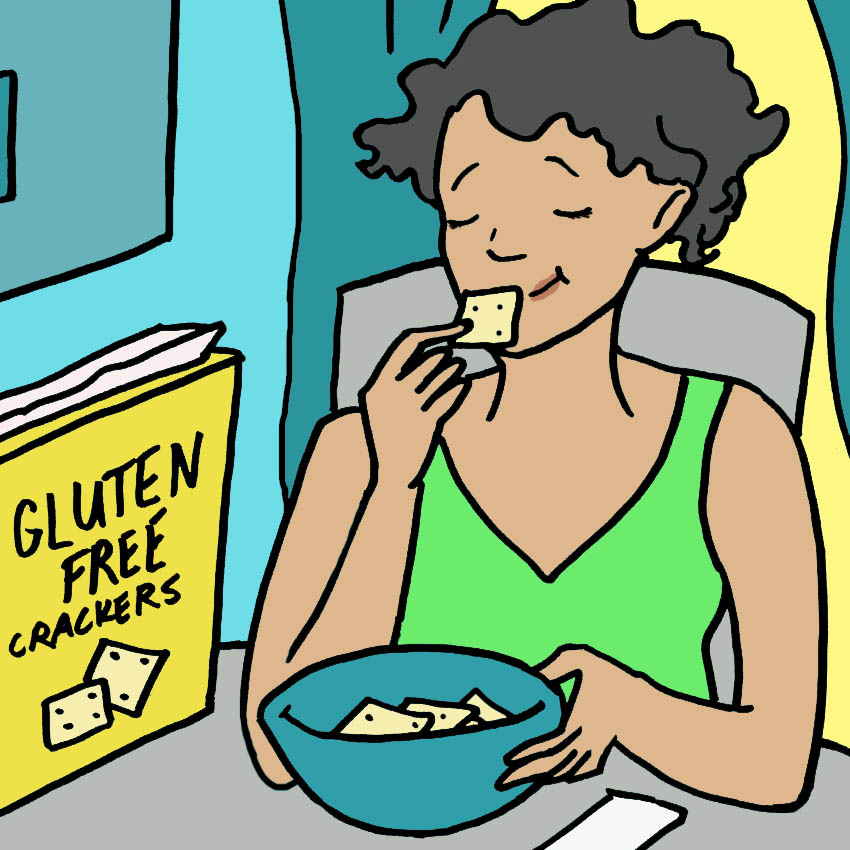
There's only one way to treat celiac disease: a lifelong gluten-free diet.
If you think you might have a gluten intolerance or celiac disease, talk to your doctor.
Do you know anyone with celiac disease?
Please SHARE this article with your friends and family!



